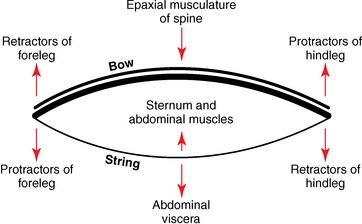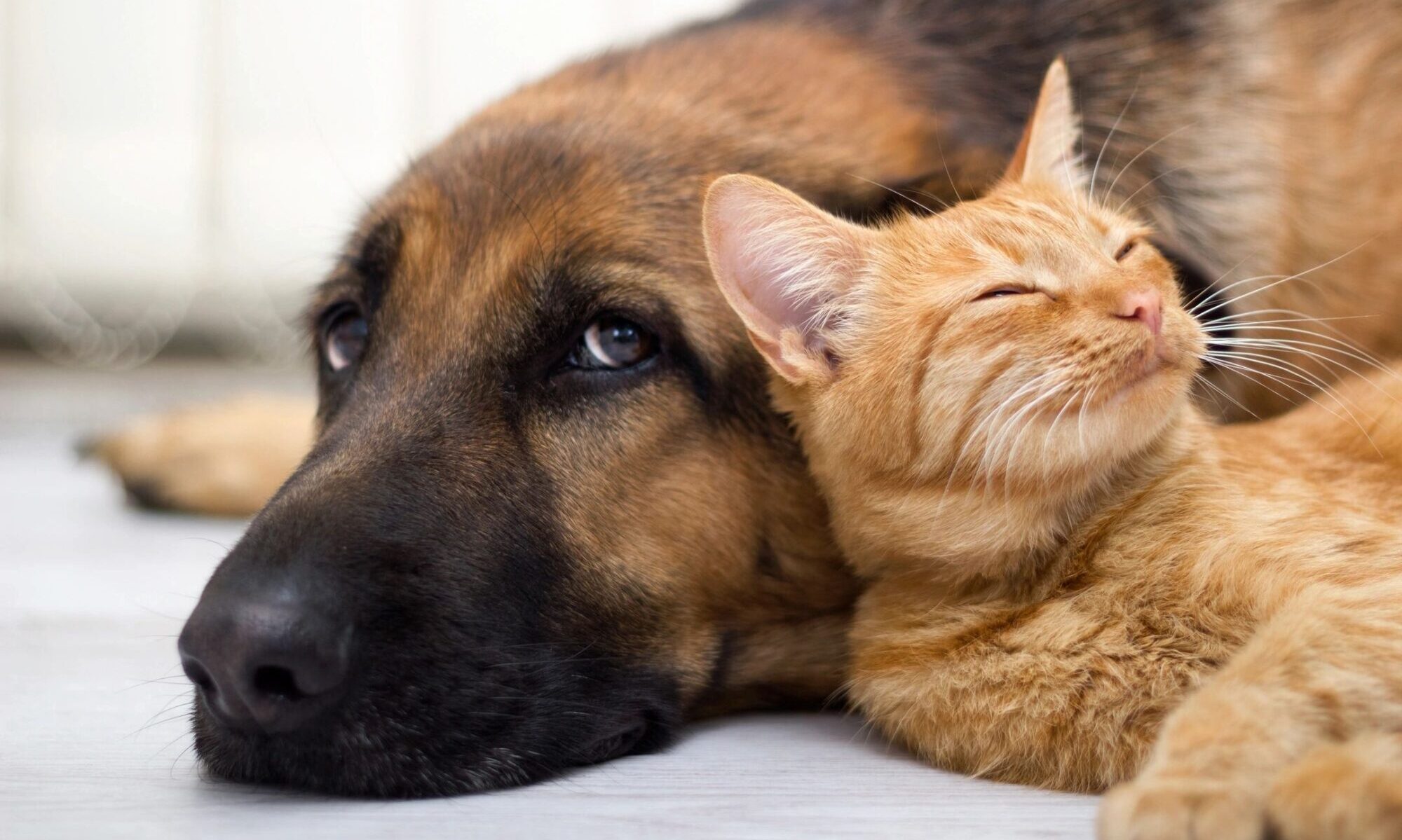The Bow and String theory was identified initially in 1946 and it explains the kinematic relationship between the horses’ spine and their legs. The amount of movement at the spine will affect the amount of movement of the limbs.
It’s important to understand what the Bow and String theory is because horses have multiple functions. From being wild animals, they are now domesticated, this means their function can be ridden, jumping, racing, grazing or breeding and so the demands on their musculoskeletal system fluctuates.
So this diagram (Van Weeran, 2004) helps to explain all about the mechanics of the bow and string theory.

The bow = The spine, pelvis and ribs (top line)
The String = The Abdominals (bottom line)
The bow is held in place by the tension from the string. So, when abdominals are contracted the bow is put under more tension. Functionally this means;
- If we protract the forelimb of the horse (limb goes forwards) and retract the hindlimb (limb goes backwards), we flatten or ‘extend’ the bow. If we want the bow to be better able to support both the horses own weight and that of a rider, it needs to be capable of flexion.
So the more we strengthen our horses core, the greater range and strength we achieve in the back. If we achieve the flexion in the back (the bending) this allows for greater pelvic motion and allows the hind limbs to protract forwards underneath them.
The best way to imagine the opposite of what we’re trying to achieve is in a brood mare. When the abdominals are stretched with lack of muscle tension. In turn this causes the spine to enter a degree of extension and therefore look sunken.
What happens if there is back pain?
As you’ve probably guessed, back pain will change the amount of limb movement available. This is because when in pain spinal movement is limited often due to the muscles fixing the spine into extension, usually in a protective manner. This then limits hindlimb protraction, the hindquarters cannot ‘engage’, weight cannot be shifted back, and the forelimbs are overloaded.
Whether you start off with backpain and/or hindlimb lameness; left untreated, forelimb lameness is more likely if the hindlimb cannot function effectively. One sided lameness brings about changes in protraction/retraction of the limbs and consequently asymmetric torques about the longitudinal axis.
So, if all riders or horse owners reading this, take one message away – the bow and string theory is an important component to your horses’ function and performance. The back will affect the legs, so whether its back or limb lameness its key horses are treated as a whole and not just on one body part. This is where the role of physiotherapy is so important. We are trained in treating the musculoskeletal system so we can help with prevention and treatment of such injuries and keep you and your horse in tip top shape.
If you want any more information or would like free advice, don’t hesitate to contact us.
